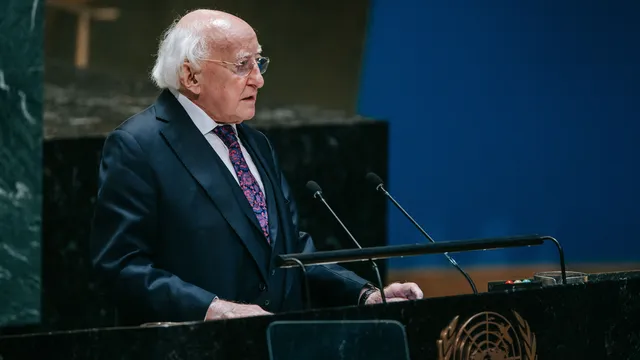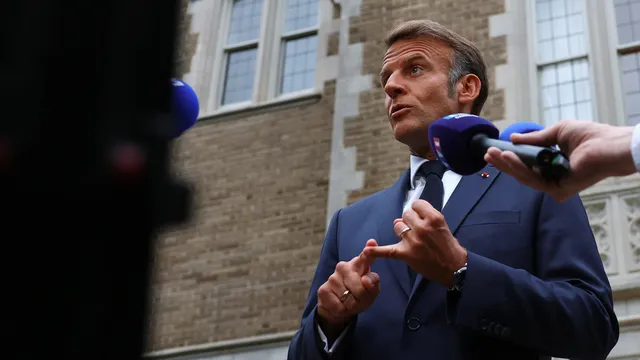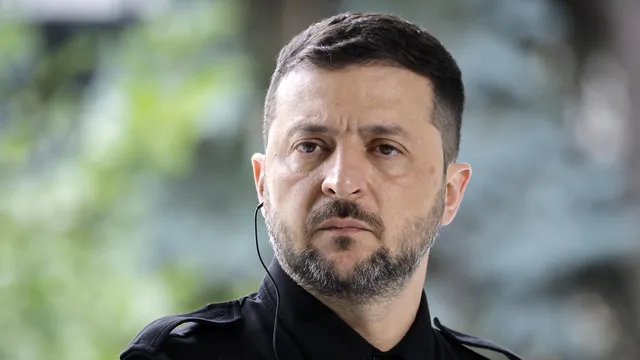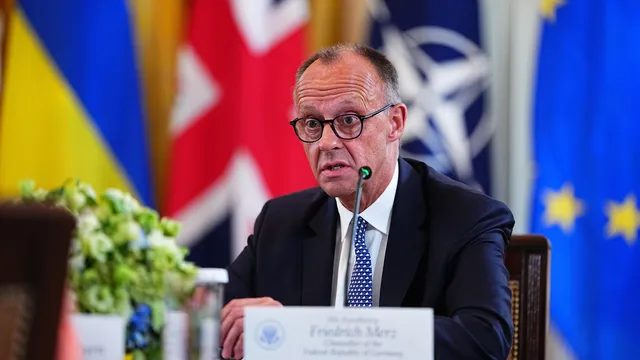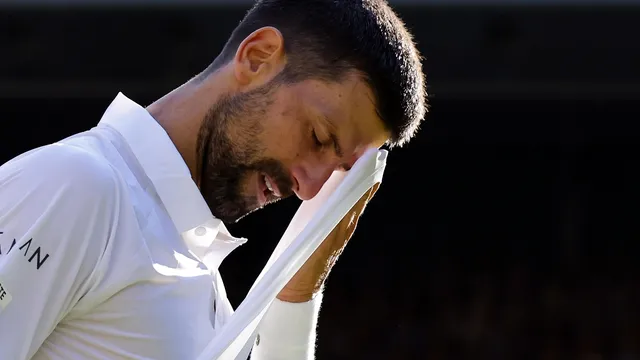The Islamist regime of Turkish President Recep Tayyip Erdoğan has continued the practice of converting historic museums into mosques — part of his campaign to court the Islamist and nationalist electorate on which he most heavily relies in elections, reported Nordic Monitor.
The latest example is Kariye — also known as the Chora Church. Attempts to block the government’s decision to transform it failed because Turkey’s judiciary is dominated by the ruling Justice and Development Party (AKP) and its far-right ally, the Nationalist Movement Party (MHP).
On 25 November 2024 the Council of State (Danıştay) — the country’s highest administrative court — rejected the appeal against the 2020 decision to return Kariye to mosque status, clearing the way for the site to remain under the authority of the Presidency of Religious Affairs (Diyanet). The decision was taken unanimously by the court’s tenth chamber.
The building was erected as a monastery in the 11th century in Byzantine Constantinople. After the Ottoman conquest it was converted into a mosque and functioned as such until the mid-20th century. In 1945 a cabinet decree handed it over to the Ministry of Education for use as a museum, and it reopened in 1958 following restorations funded by the Dumbarton Oaks Center in Washington.
In 2019, however, the Council of State — acting, the report says, under clear political direction from the government — annulled the 1945 decree on the grounds that the property was a waqf and by law should serve religious purposes. A year later Erdoğan issued a decree transferring it to the Diyanet and restoring it as an active mosque.
Eight plaintiffs — Turkish and foreign scholars and citizens — brought a case against that decision. Among them was Harvard professor Ioli Kalavrezou, a specialist in Byzantine art, who argued that the decision restricted her academic and cultural rights. Joining the suit were a British Orthodox Christian, a Greek citizen born and raised in Istanbul, and an Italian Catholic theologian who directs a theological institute in Bologna and holds the UNESCO chair on religious pluralism and peace. Four Turkish citizens, including Orthodox believers, also maintained that Kariye is a shared cultural heritage site and should remain a museum.
The plaintiffs invoked international instruments such as the UNESCO World Heritage Convention and the European Convention on Human Rights. They argued that converting Kariye into a mosque violated their rights of access and research and undermined the site’s role as a symbol of cultural dialogue and tourism.
The Turkish government responded that the presidential decree was the mandatory consequence of the Council of State’s 2019 ruling and that, as a waqf property, Kariye is legally obliged to function as a mosque. The court accepted these arguments, concluding that foreigners had no “personal and legitimate legal interest” in the case; the claims of the Turkish plaintiffs were also dismissed. The mosaics and frescoes remain protected under Turkish cultural heritage laws.
The decision recalls the case of Hagia Sophia, which was converted from a museum back into a mosque in 2020 with Erdoğan’s direct involvement. Both moves were sharply criticized by international organizations and governments, which warned that such actions politicize cultural monuments and threaten their universal value.
Supporters of the conversions, however, present them as “rectifications of historical injustices” and proof of Turkish sovereignty over cultural sites — a stance that has brought Erdoğan significant political backing among conservative constituencies. With its ruling, the Council of State has now cemented Kariye’s status as a mosque, reinforcing government policy to restore Ottoman religious heritage for Islamic worship.

 Breaking news
Breaking news
 Europe
Europe
 Bulgaria
Bulgaria


